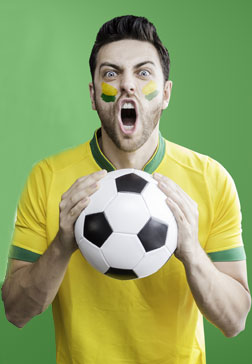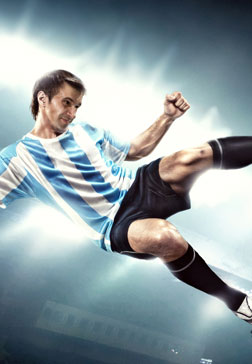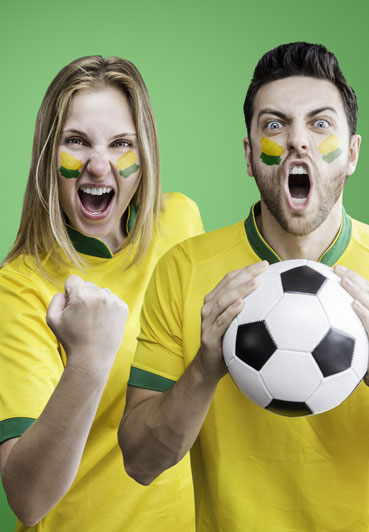Training for All Levels
-

Footwork and dribbling are essential for navigating tight spaces and beating defenders. Start with simple cone drills: set up 10 cones spaced 1 meter apart and dribble through them using only your right foot for 3 sets. Repeat the drill with your left foot, then combine both feet for a fluid movement.
Read More -

Set pieces, such as free kicks and corners, can change the outcome of a match. To practice free kicks, set up a wall of training mannequins (or cones) and a target area in the goal. Take 10-15 free kicks from varying distances (e.g., 20, 25, and 30 meters) and angles. Experiment with different techniques, such as curling, dipping, or driven shots.
Read More -

Recovery is just as important as training. After intense sessions, dedicate 15-20 minutes to stretching major muscle groups, focusing on the hamstrings, quads, calves, and lower back. Foam rolling for 10-15 minutes helps relieve muscle tension and prevent soreness.
Read More -

Goalkeepers require specialized training to excel in their role. Start with reflex drills, such as rapid-fire shots from close range. Perform 3 sets of 15 saves from a partner who alternates between high and low shots. Reaction speed can be enhanced with reaction ball exercises: throw a reaction ball against a wall and catch it after the unpredictable bounce for 10 minutes.
Read More
